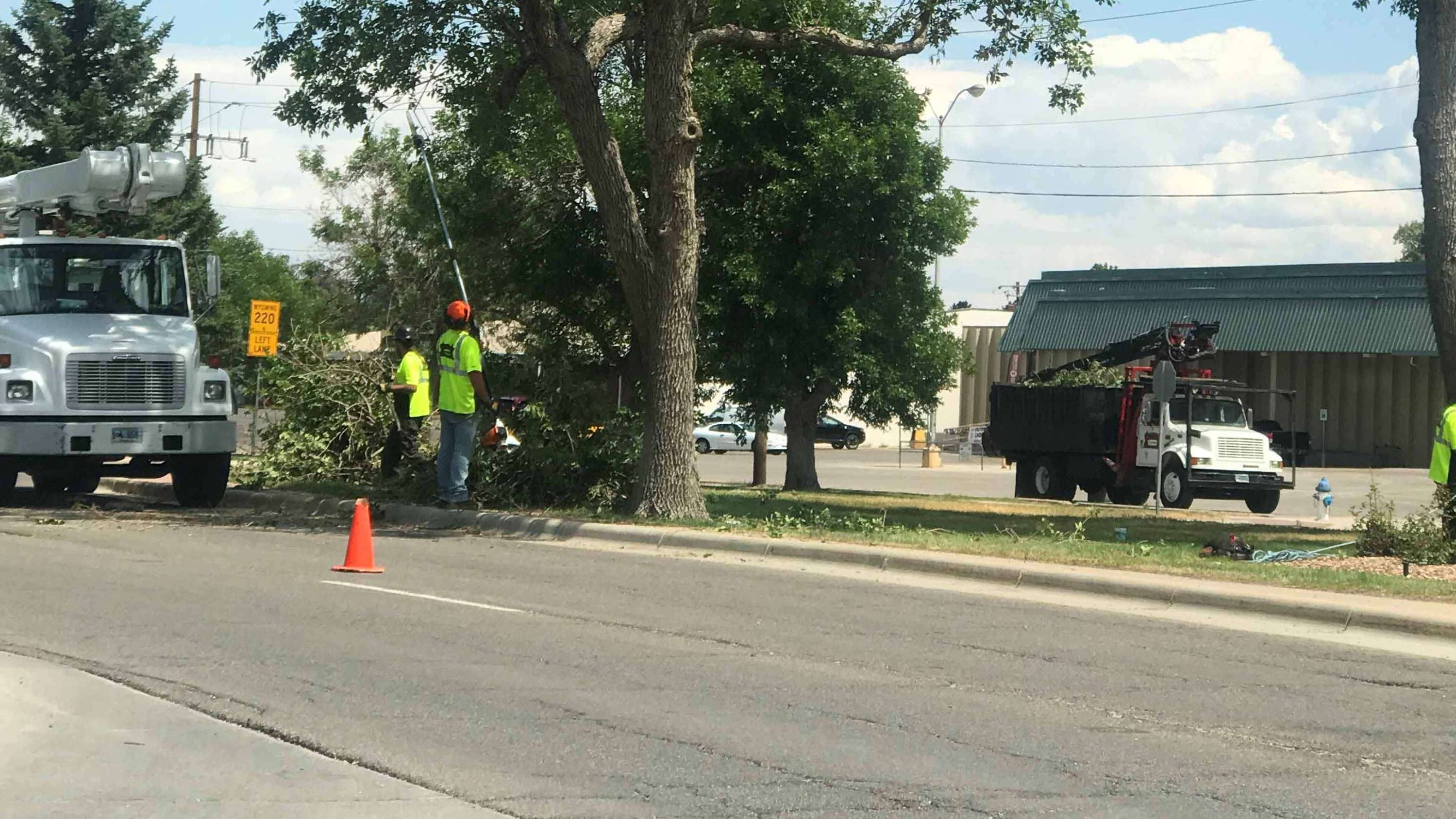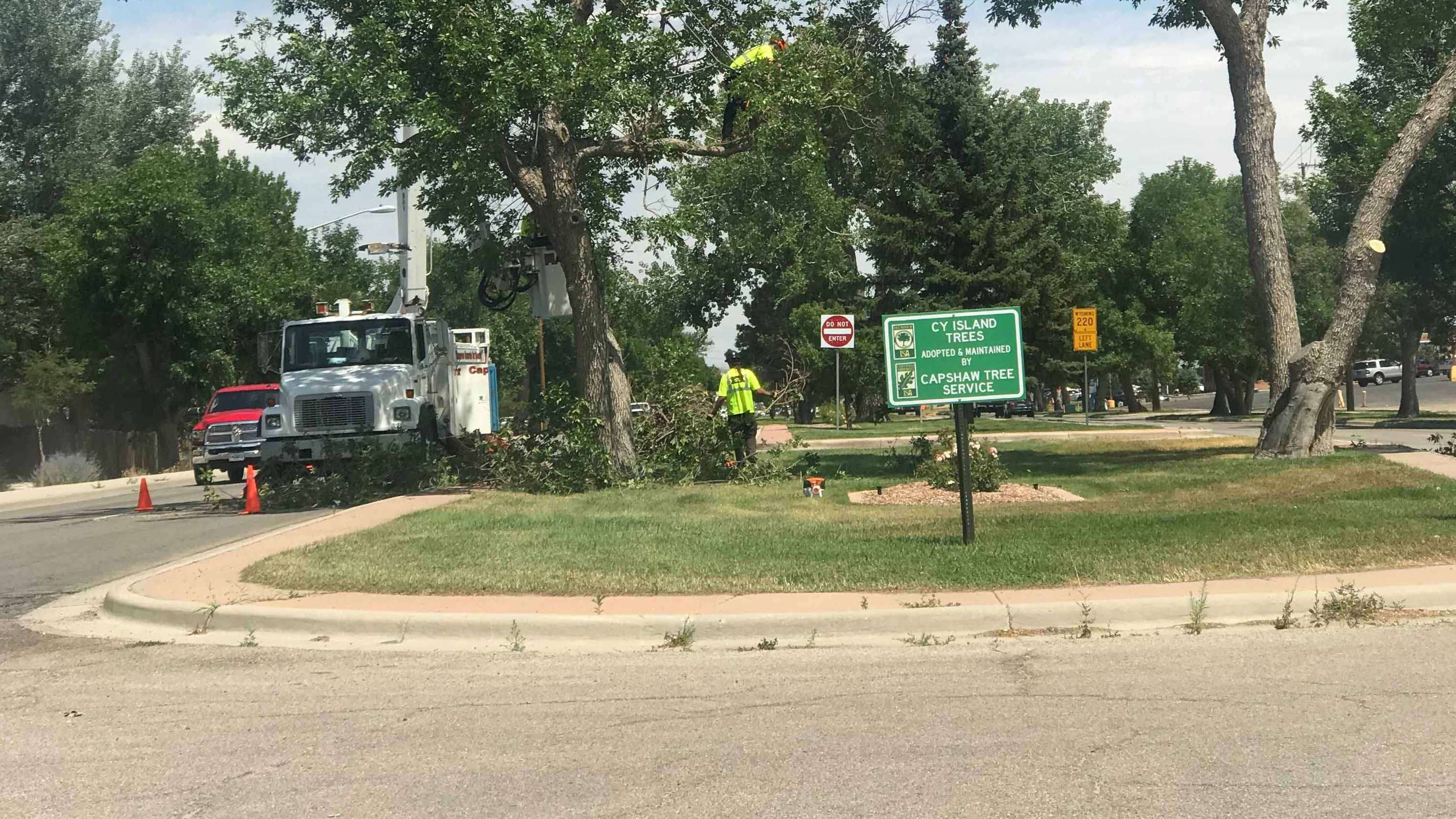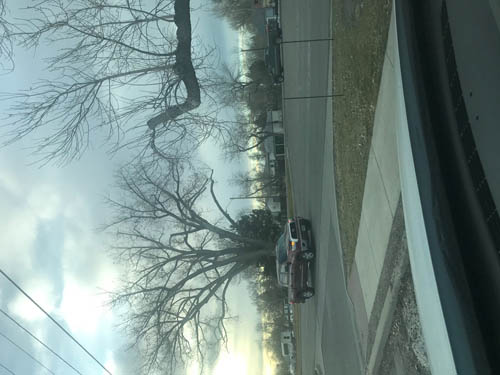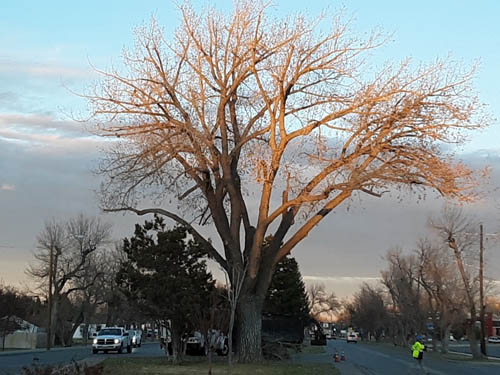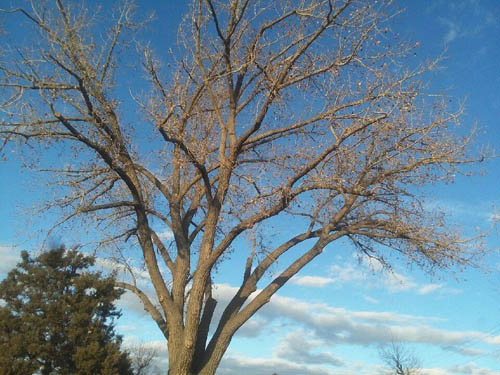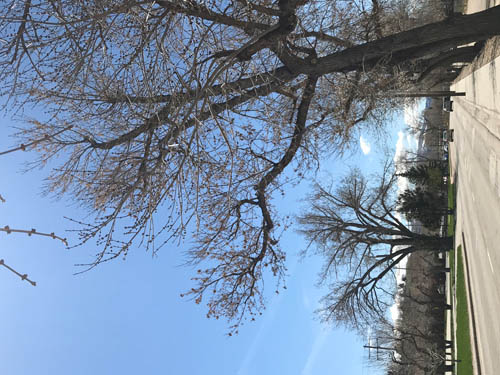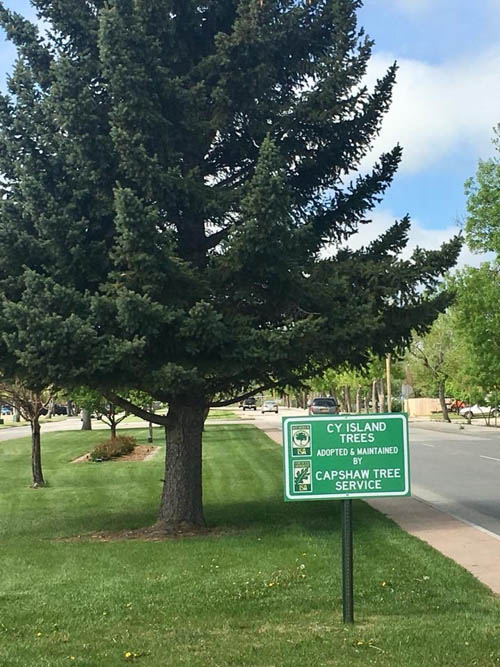Follow Us x
CY Islands Project
To me, there are two principles to apply to building any business: doing your best work at a reasonable price, and doing what you love. I’ve always loved Arboriculture. When the thought of adopting the CY Islands came to me it seemed like a great way to create synergy between the needs of the city and to showcase how our work can improve the health and aesthetic beauty of trees over time.
Since initially trimming the CY islands 20 years ago, the project has expanded to include all the Ash trees struggling in both the North and South parkways and we have been allowed to put up signs bringing attention to these items.
My goal of adopting the CY islands started over twenty years ago. In high school, I secretly was fascinated by the big Cottonwood every time I cruised the strip. I was in the tree business ten years later and I noticed that the tops were dying in both Ash trees on the West end of the islands. I pulled over to take a closer look. At that time, I was certified in Ornamental and Turf in two states. I knew that I was going to find borer holes in the trunk of both trees. I contacted the Parks Department and offered to inject the trees for free. After the injection, we have not seen ash borers return to those trees. These trees in the center islands have remained relatively healthy since they were trimmed twenty years ago.
In the process of analyzing the trees on the North and South parkways along CY, to discover why the tops of the Ash trees have died so uniformly, we discovered the problem was likely Geotropism. This is not as easily recognized as the Ash trees with Borers were. Geotropism occurs when outside environmental influences effect the growth and development of a tree. Salts build up in sandy soil over time and combined with road salt and pollution can block the roots ability to absorb nutrients. Salt has a negative Ionic charge and the roots receptors also hold a negative Ionic charge. Normally trees can absorb primary and secondary elemental nutrients that have a positive charge. Salt attaches to positively charged nutrients blocking the roots ability to absorb those elements. Not only will salt block both primary and secondary elements but it can cause Reverse Osmosis pulling water from the root system. We discovered that the soil in the North parkway was sandy and there was very little vegetation growing under those trees. Weeds will grow just about anywhere, so when there are no weeds it is cause for concern. Also, they were planted on a fairly steep grade but whoever originally planted the Ash trees knew what they were doing. Ash trees are considered hardwood trees. Hardwood trees have large vascular systems which store water and are better able to use that water during drought conditions unlike soft-wooded trees with smaller vascular systems. That is why those trees did so well for so long before the tops died. As a result, I developed an experimental treatment this spring. So far, it is working very well.
As the large Cottonwood is concerned, this is the centerpiece of the island. My instruction to our arborist was not to take out too much foliage to prevent shock. ISA research says that mature trees don’t respond well to heavy trimming so we have been spreading the trimming out. We will come back to it next summer and take out anything that throws it out of balance. As a rule, we always remove as much dead as possible and no more than 30% of the live limbs at any one time.
The city has an almost impossible number of trees to take care of and our way of giving back is to plan, and continue to find ways to improve the islands tree’s health through deep root fertilization, spraying, trimming or something less obvious like treating the trees for Scale. It takes time for a regular maintenance program to bring out the full aesthetic appeal and potential of any tree but hopefully in five years people will be able to appreciate the work that went into the beauty they see as they drive by the CY Islands.
This is a long-term project with lot of trees on the islands and parkways. In order to make the most immediate impact, we set to the task of deadwood and safety trimming first. The plan is to circle back and do full trimming and shaping as we have the time and resources. So far, so good! We believe this is a project that creates synergy between the city and a way for us to market our business while benefiting the community. It is my hope that other businesses can find valuable projects that help our city as well.




